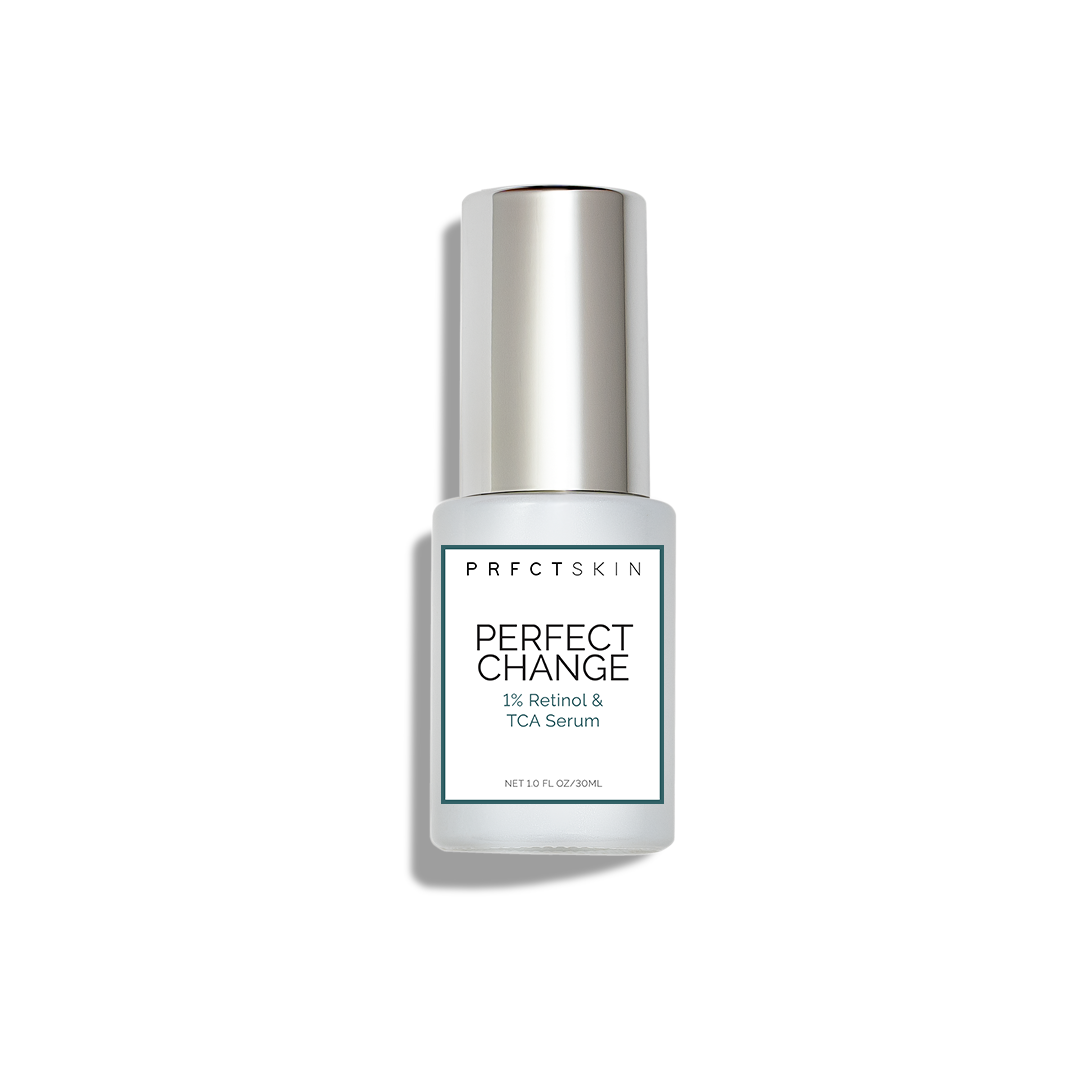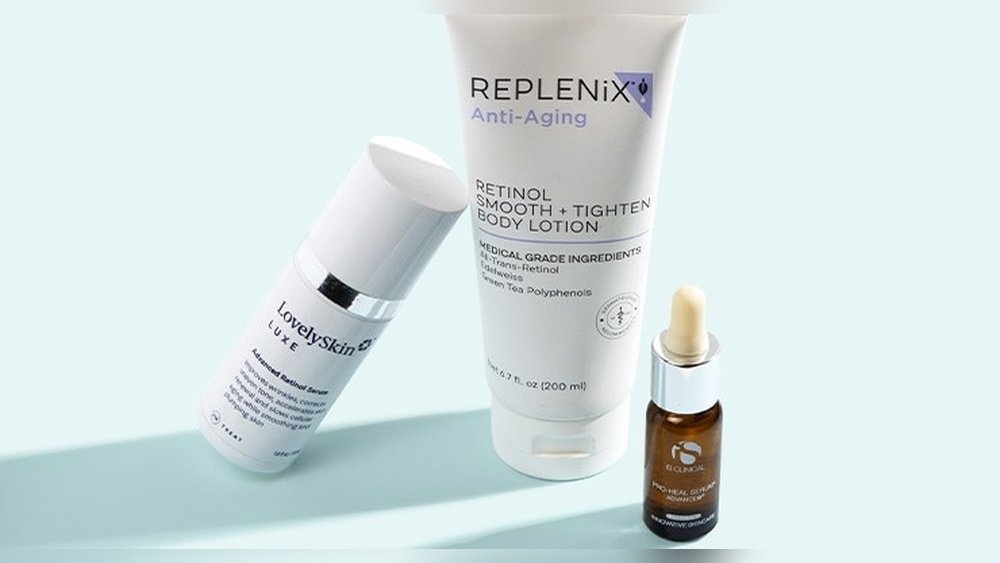Are you ready to add retinol to your skincare routine but worried about irritation or dryness? You’re not alone.
Retinol is one of the most powerful ingredients for glowing, youthful skin—but if you jump in too fast, your skin might rebel. The good news is, with the right approach, you can transition to retinol smoothly and enjoy all its benefits without the discomfort.
You’ll discover simple, easy-to-follow steps to introduce retinol gently, avoid common pitfalls, and get your skin glowing safely and effectively. Keep reading to learn how to make retinol work for you, not against you!

Credit: www.amazon.com
Choose The Right Retinol
Choosing the right retinol is key for a smooth skin transition. Picking the correct product helps reduce irritation. It also supports your skin’s natural adjustment to retinol. This section covers how to select a retinol that suits your skin type and sensitivity.
Start With Low Concentration
Begin with a retinol that has a low concentration. Products with 0.1% to 0.3% retinol are good for beginners. Low strength allows your skin to get used to retinol gradually. It lowers the risk of redness and dryness. Avoid jumping to higher concentrations too soon.
Opt For Gentle Formulations
Choose retinol products labeled as gentle or for sensitive skin. These have milder formulas that reduce irritation. Creams and serums with smooth textures work better than strong solutions. Gentle formulations help maintain your skin’s barrier. They keep your skin calm during the adjustment phase.
Look For Added Soothing Ingredients
Pick retinol with added calming ingredients like niacinamide or aloe vera. These ingredients soothe and protect your skin. They reduce peeling and redness caused by retinol. Soothing elements support healthy skin while boosting retinol benefits. This makes the transition period easier and more comfortable.

Credit: www.pers-skincare.com
Start Slow And Steady
Starting retinol can feel tricky. The key is to begin slow and steady. This helps your skin adjust without irritation. A gentle approach reduces dryness and redness. Your skin needs time to get used to retinol’s effects. Follow these simple steps to make the transition smooth and safe.
Apply Once Or Twice A Week
Begin by using retinol only once a week. Choose a night when your skin feels calm. If no irritation appears, use it twice a week. This slow start helps your skin build tolerance. Avoid applying retinol on consecutive nights at first.
Gradually Increase Frequency
After two to three weeks, increase retinol use to three times weekly. Watch how your skin responds as you add more nights. If your skin feels good, try every other night. Eventually, you may use retinol nightly, if your skin allows. Patience is important to prevent irritation.
Monitor Skin Reaction
Check your skin daily for signs of irritation. Mild redness, dryness, or peeling can happen. These are normal and usually improve with time. Stop or reduce retinol if irritation worsens. Moisturize well to support your skin’s barrier. Adjust the routine to keep your skin healthy and comfortable.
Perfect Your Application
Perfecting your retinol application is key to a smooth transition. Proper steps reduce irritation and boost benefits. Follow simple habits to protect your skin and get the best results.
These tips help you build a routine that feels gentle and effective. Small changes make a big difference in how your skin reacts.
Apply On Dry Skin At Night
Always apply retinol on clean, dry skin. Moisture can increase irritation. Wait at least 20 minutes after washing your face. This helps retinol absorb well without causing stinging. Nighttime use is best since retinol breaks down in sunlight. It also reduces sun sensitivity during the day.
Use Pea-sized Amount
Use only a pea-sized amount for your entire face. More product does not mean better results. Too much can cause redness and peeling. Spread it evenly across your face, avoiding the eye area. A small amount is enough to activate skin cell renewal safely.
Try The Sandwich Method
The sandwich method helps reduce dryness and irritation. First, apply a moisturizer. Then, put a thin layer of retinol. Finish with another moisturizer on top. This creates a buffer that slows retinol penetration. Your skin stays hydrated and calm while still benefiting from retinol.
Hydrate And Protect
Hydrating and protecting your skin is key when starting retinol. Retinol can cause dryness and irritation as your skin adjusts. Giving your skin enough moisture and defense helps it stay calm and healthy. This support makes the transition smoother and improves your results.
Focus on keeping your skin barrier strong and shielding it from sun damage. These simple steps reduce side effects and keep your skin glowing.
Use Gentle Moisturizers
Choose moisturizers that soothe and hydrate without clogging pores. Look for products with ingredients like hyaluronic acid and ceramides. Apply moisturizer after retinol to lock in moisture. This reduces dryness and peeling. Avoid harsh or fragranced products that can irritate sensitive skin.
Incorporate Barrier Support
A healthy skin barrier protects against irritation and moisture loss. Use creams or serums with niacinamide or fatty acids. These help repair and strengthen the barrier. Avoid over-exfoliating while using retinol. Treat your skin gently to keep the barrier intact. Barrier support aids faster recovery and better tolerance.
Apply Sunscreen Daily
Retinol increases your skin’s sensitivity to the sun. Sun exposure can cause redness, burns, and damage. Always apply broad-spectrum sunscreen with at least SPF 30 every morning. Reapply sunscreen throughout the day if outdoors. Sunscreen protects your skin and keeps your retinol results lasting longer.
Manage Side Effects
Managing side effects is key when starting retinol. It helps your skin adjust safely. Expect some mild reactions as your skin gets used to retinol. Knowing how to handle these effects keeps your skin healthy and comfortable.
Expect Mild Dryness And Flaking
Retinol often causes dryness and flaking at first. This happens because retinol speeds up skin cell turnover. Your skin sheds old cells faster, making it look flaky. Use a gentle moisturizer to ease dryness. Avoid harsh cleansers that strip moisture. These steps soothe your skin and reduce peeling.
Adjust Usage If Irritation Persists
If irritation lasts, reduce how often you apply retinol. Try every other night or fewer times per week. Using less product can prevent redness and burning. Give your skin time to heal before increasing use. Slowly build up to avoid strong reactions. Listen to your skin’s signals and adjust accordingly.
Be Patient During Purging Phase
Purging is a normal phase when starting retinol. Your skin may break out more as old clogged pores clear. This phase usually lasts a few weeks. Do not stop using retinol too soon. Stick with it to see clearer skin later. Patience is important for long-term results.

Credit: helloprfct.com
Frequently Asked Questions
What Is The 1 2 3 Rule For Retinol?
The 1-2-3 rule for retinol means applying it once a week in week one, twice weekly in weeks two and three, then three times weekly in weeks four to six. Gradually increase usage as your skin builds tolerance to minimize irritation and enhance results.
How To Gradually Introduce Retinol?
Start with a low concentration retinol, applying once or twice weekly at night on dry skin. Gradually increase frequency every 1-2 weeks as tolerated. Use a pea-sized amount, wait until skin is dry before application, and always moisturize afterward. Apply sunscreen daily to protect sensitive skin.
How Long Will It Take For Skin To Adjust To Retinol?
Skin usually adjusts to retinol within 4 to 6 weeks. Start slow, applying 1-2 times weekly, then increase frequency gradually. Watch for irritation and use moisturizer and sunscreen daily.
How To Calm Irritation From Retinol?
Apply retinol slowly, starting with low frequency and concentration. Use a pea-sized amount on dry skin. Moisturize well to reduce dryness and irritation. Avoid sun exposure and always wear sunscreen. If irritation persists, reduce usage and consider gentler formulations with soothing ingredients.
Conclusion
Transitioning to retinol takes patience and care. Begin with small amounts and low frequency. Watch your skin closely for any irritation. Moisturize well to reduce dryness and flaking. Always apply retinol at night to protect your skin. Use sunscreen daily to avoid sun damage.
Increase usage slowly as your skin adapts. Consistency will bring smoother, healthier skin over time. Stay gentle and listen to your skin’s needs. This approach helps you enjoy retinol’s benefits safely and comfortably.
 Skip to content
Skip to content 